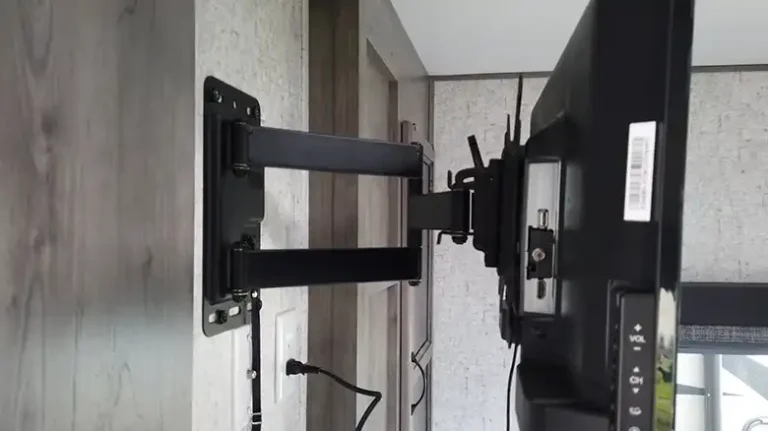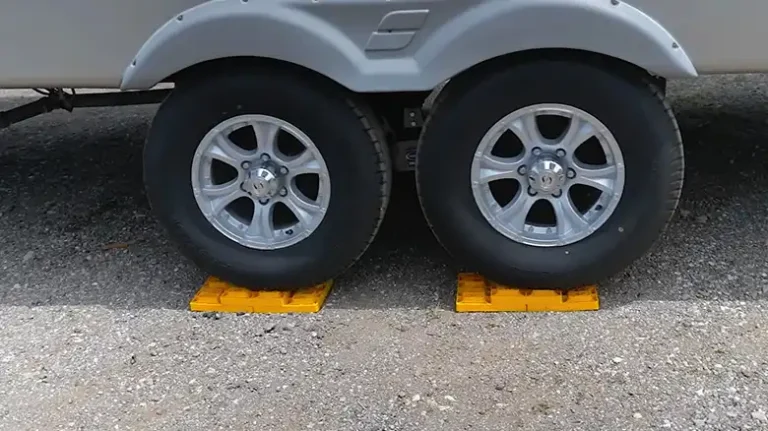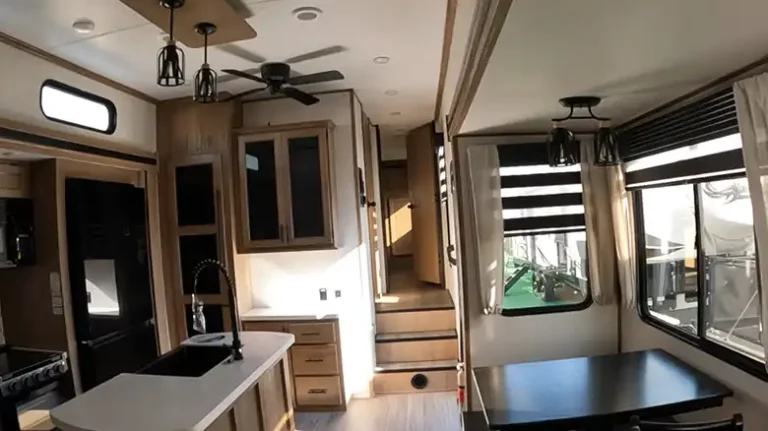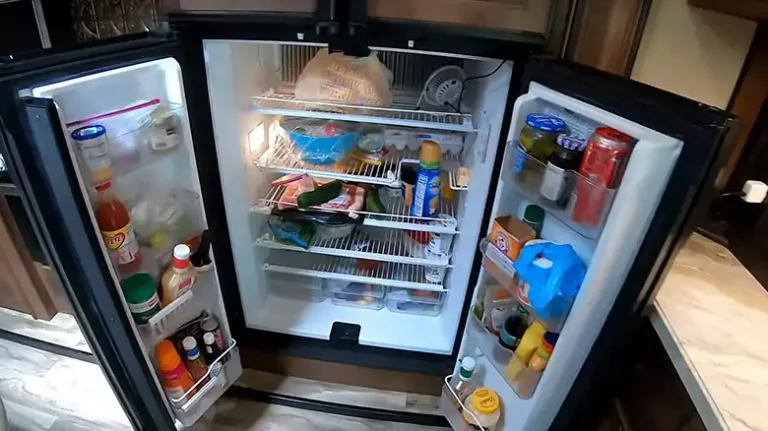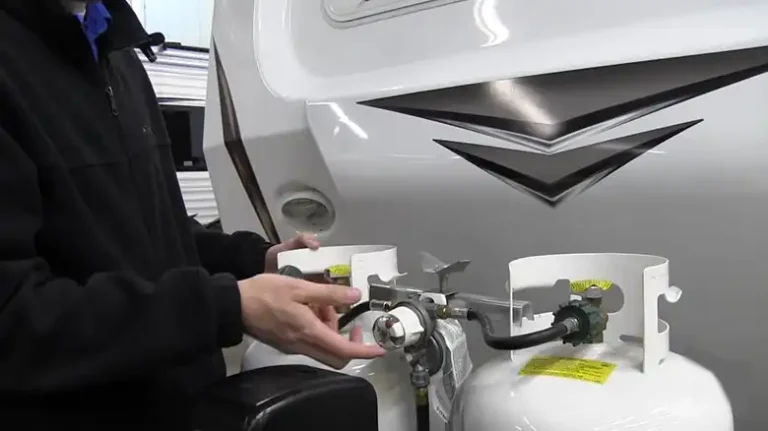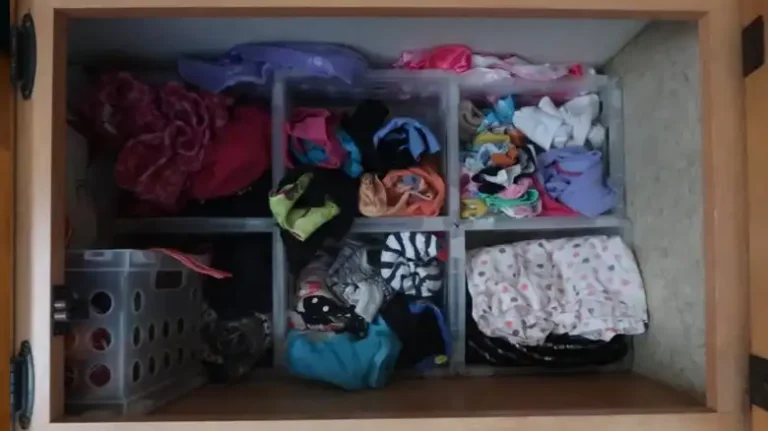How to Paint a Fiberglass Camper Shell: 4 Steps to Success
Fiberglass camper shells, known for their light weight, durability, and weather resistance, are a popular choice for truck owners who crave extra storage and protection for their gear. But their functionality doesn’t stop there! Painting your fiberglass camper shell unlocks a world of customization.
You can choose a color or design that perfectly complements your truck or reflects your personal style. It’s also a fantastic way to revitalize a faded shell, bringing back its shine. Even better, painting can mask any scratches or dents, giving your camper shell a fresh, polished look.
While vinyl wraps and decals offer some personalization options, paint provides a more permanent and seamless solution – as long as it’s done correctly. However, unlike painting metal, fiberglass requires a specific approach to ensure the paint adheres properly and lasts for years to come.

Preparation for Painting a Fiberglass Camper Shell
When working with paints and solvents, proper ventilation is crucial. Always work in a well-ventilated area or use a respirator to avoid inhaling harmful fumes. Additionally, wear protective gear like gloves, goggles, and a dust mask to ensure your safety.
Before you begin, gather the necessary supplies, including sandpaper (ranging from 120 to 320 grit), cleaning materials, masking tape, primers specifically designed for fiberglass, and high-quality paint suitable for fiberglass surfaces.
Start by thoroughly washing the camper shell to remove any dirt, grease, or wax buildup. Then, sand the surface using appropriate grit sandpaper to create a rough texture and improve paint adhesion. Address any imperfections by filling cracks or holes with a suitable filler. Finally, mask off areas you don’t want painted, such as windows, trim, or any other components.
How Do You Paint a Fiberglass Camper Shell?
Now that you prepared your fiberglass camper shell, it’s time to paint it thoroughly.
Step 1: Apply Primer
Applying a primer specifically designed for fiberglass surfaces can significantly enhance the paint’s adhesion and overall coverage. Choose a primer that is compatible with your chosen topcoat paint. You can go for Epoxy, Polyurethane, etc. Follow the manufacturer’s instructions for proper application, which typically involves applying thin, even coats using a high-quality brush, roller, or sprayer.
Allow each coat of primer to dry completely before applying the next, usually within the recommended drying time specified on the product label. The number of primer coats required may vary depending on the condition of the fiberglass surface and the desired level of coverage. Proper priming ensures a smooth and even base for the topcoat paint, ultimately contributing to a professional-looking finish.
Step 2: Apply Paint
If using a two-part paint system, carefully mix the components according to the manufacturer’s instructions to ensure proper curing and durability. For best results, use a high-quality paint specifically formulated for fiberglass surfaces, such as Awlgrip, Petit Clear Coat, Dupli-Color Acrylic Enamel, etc. They offer excellent adhesion, flexibility, and resistance to UV rays, moisture, and other environmental factors.
Choose the appropriate application method based on the paint type and your desired finish. Spray painting typically yields the smoothest and most even results, but brush or roller application can also work well with the right technique.
Apply the paint in thin, even coats, following the recommended drying times between coats. Overlap each pass slightly to ensure full coverage and a seamless finish. The number of coats required will depend on the paint’s coverage and the desired level of opacity.
Step 3: Remove Masking Tape
Once the final coat of paint has dried slightly but is still tacky, carefully remove the masking tape. Pull the tape off at a shallow angle to prevent any peeling or pulling of the fresh paint. Work in sections and remove the tape promptly to avoid leaving adhesive residue or creating unwanted lines in the paint.
Step 4: Let the Paint Dry
After completing the painting process, allow the paint to dry completely before using or reinstalling the camper shell. Follow the manufacturer’s recommendations for the full cure time, which may take several days or weeks, depending on the specific paint and environmental conditions.
Conclusion
Painting your fiberglass camper shell isn’t just about looks! It personalizes your setup, restores faded shells, and protects from wear. Follow the right approach with quality materials for a professional finish that extends its life. Plan for ideal weather and be ready to tackle minor issues. Hit the road with a revitalized shell, your DIY pride shining bright, and compliments rolling in!
Common Related Questions
Can I paint a fiberglass camper shell while it’s still attached to my truck?
Painting a camper shell on your truck is possible, but not ideal. Masking off the truck and working in tight spaces make it difficult to get a clean, even finish. For best results, remove the shell and paint it separately on a flat surface.
How long can I expect the paint job on my fiberglass camper shell to last?
Fiberglass camper shell paint life depends on materials, prep, and environment. A well-done job with high-quality outdoor paints and clear coats, along with regular cleaning and waxing, can last 5-10 years or more before needing a refresh.
Can I use a heat gun or hair dryer to speed up the drying process when painting a fiberglass camper shell?
Avoid using heat guns or hair dryers to speed up drying your fiberglass camper shell’s paint. High heat can cause cracking, bubbling, or poor adhesion. Follow recommended drying times for best results.

